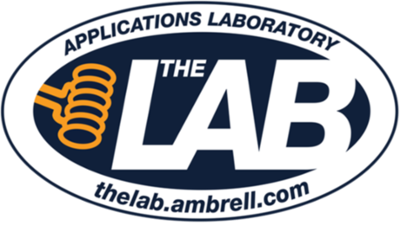Induction Brazing an Aluminum Assembly
Objective A company wanted to assess using induction heating for their aluminum assembly brazing process, and contacted THE LAB at Ambrell to utilize...
Applications
Applications: More
Applications: More

Industries:
Industries: More
Industries: More
Industries: More

Products:
Products: More
Services:
Services: More

Learn:
Learn: More
About:


THE LAB at Ambrell has long offered induction heating feasibility testing, including a half-day of parts testing free of charge. This testing, done by experienced application engineers, gives customers peace-of-mind knowing that they are purchasing the right induction heating system for their application and its requirements prior to making any investment. Clients across industries such as automotive, aerospace, medical, semiconductor and many more use this service for applications including brazing, annealing, bonding, forging, heat staking, shrink fitting and melting.
Some clients are new to induction, often using a torch or oven previously, and leverage this service to try it out and validate its feasibility prior to spending any money on a system. Others simply have a new application and want to verify feasibility and determine the right system given their heating requirements. To give you more of a sense of our offerings and process, we've created a new video showcasing our applications laboratory in Rochester, NY. We also have a laboratory in the Netherlands, and many of our global distributors also have laboratories.
Learn more about induction heating parts testing from THE LAB on our website, or get the process started right now by filling our a Lab Service Request Form. We look forward to working with you on your heating application!

Objective A company wanted to assess using induction heating for their aluminum assembly brazing process, and contacted THE LAB at Ambrell to utilize...

Induction heating is a process that uses electromagnetic fields to heat electrically conductive materials. It has been used in numerous industries...

Induction heating, a process that uses electromagnetic induction to heat electrically conductive materials, is often thought of for large industrial...